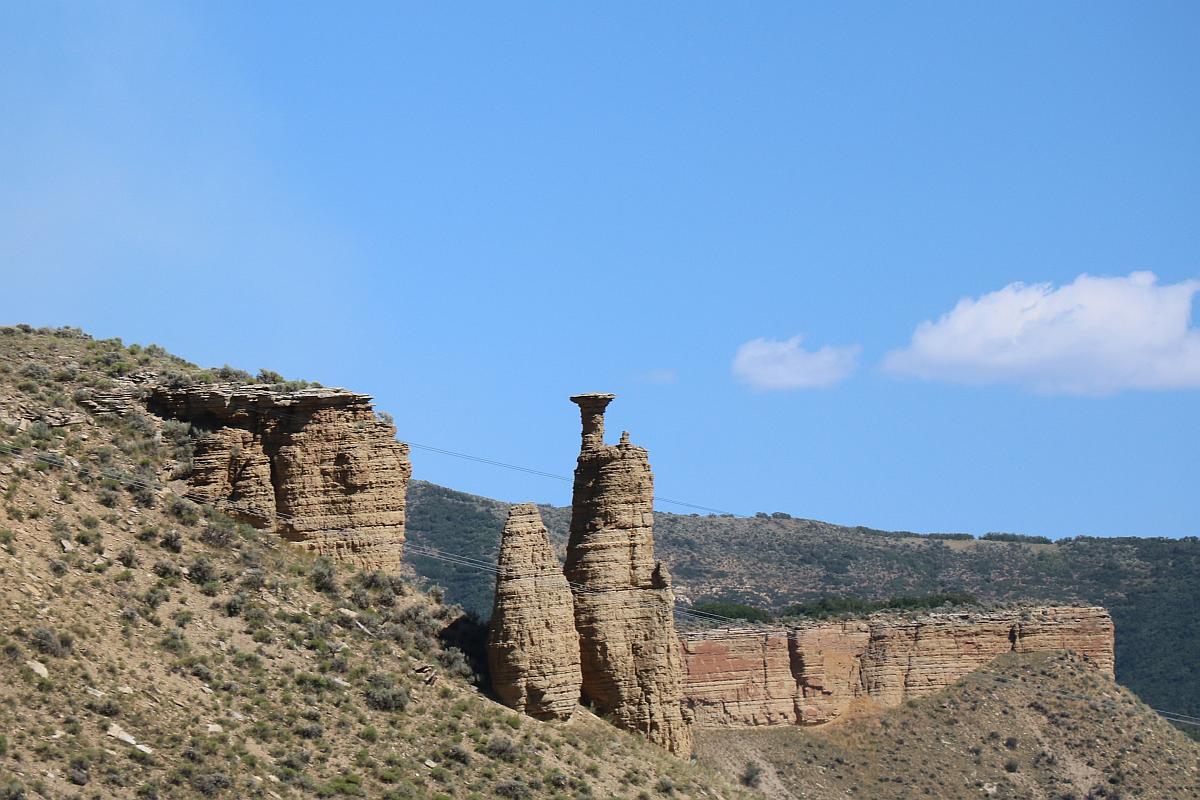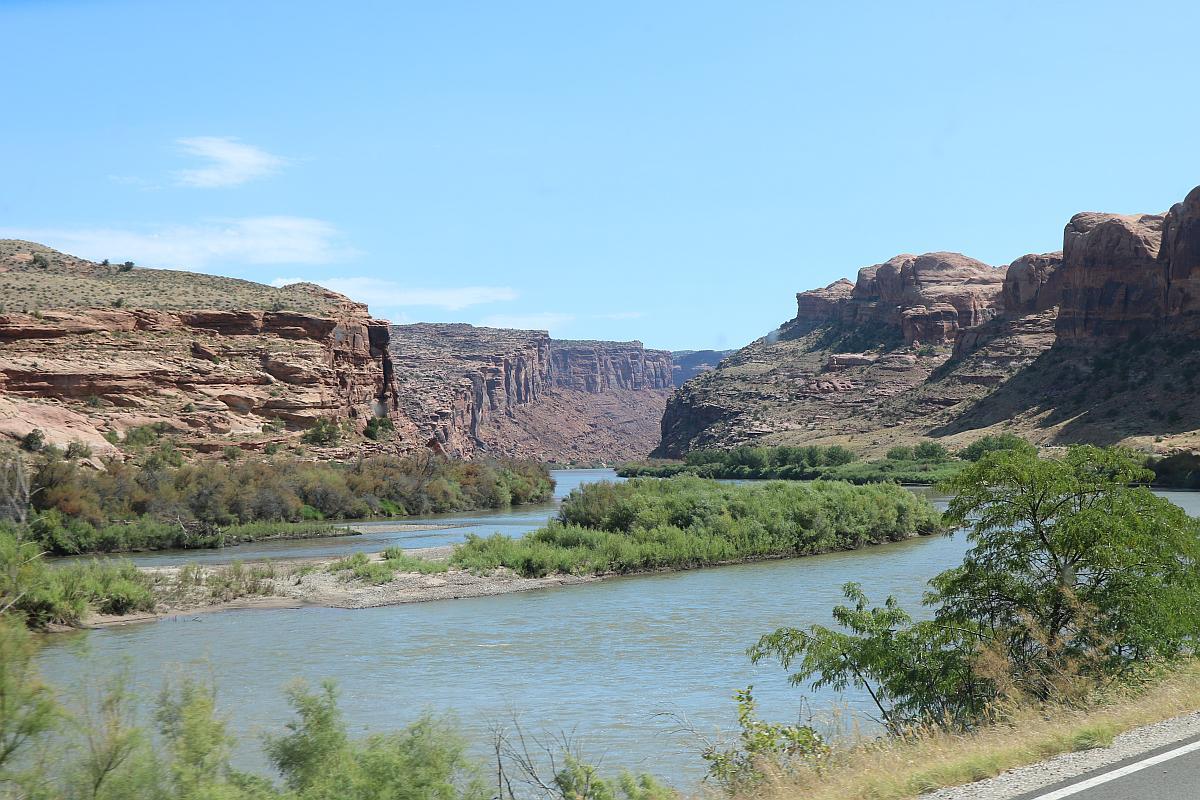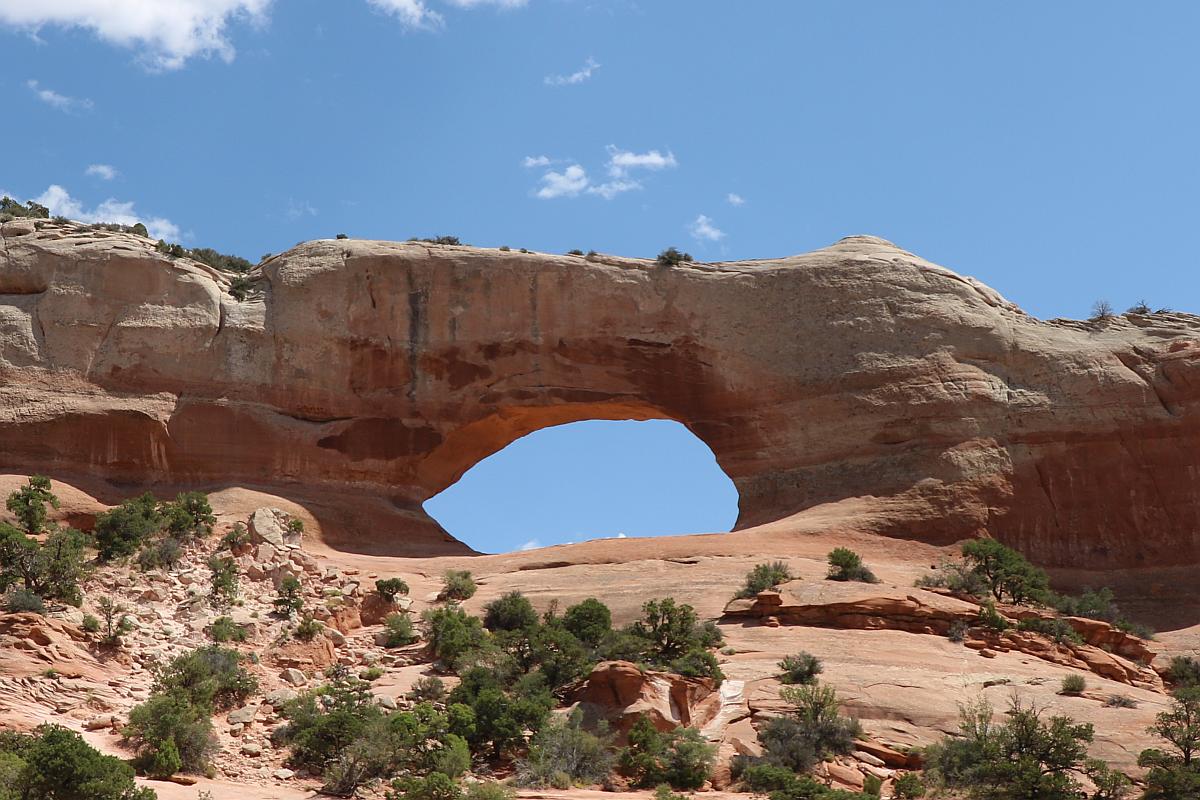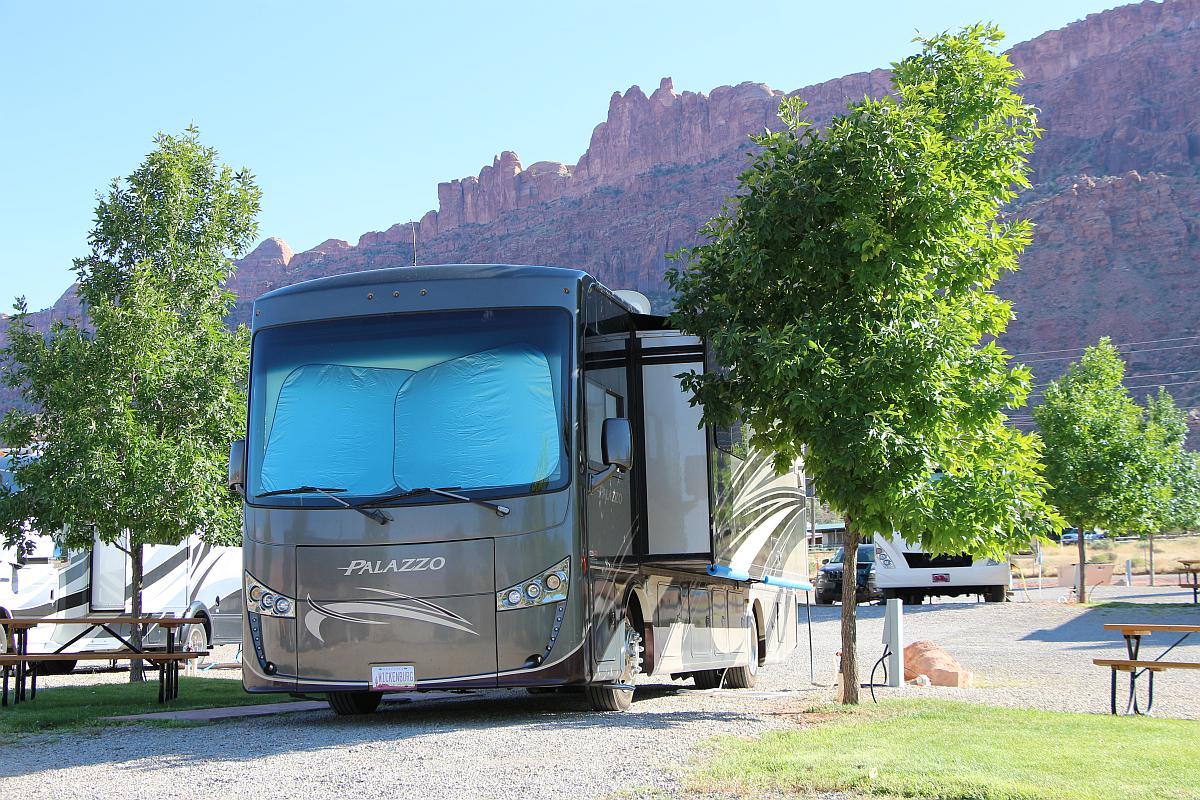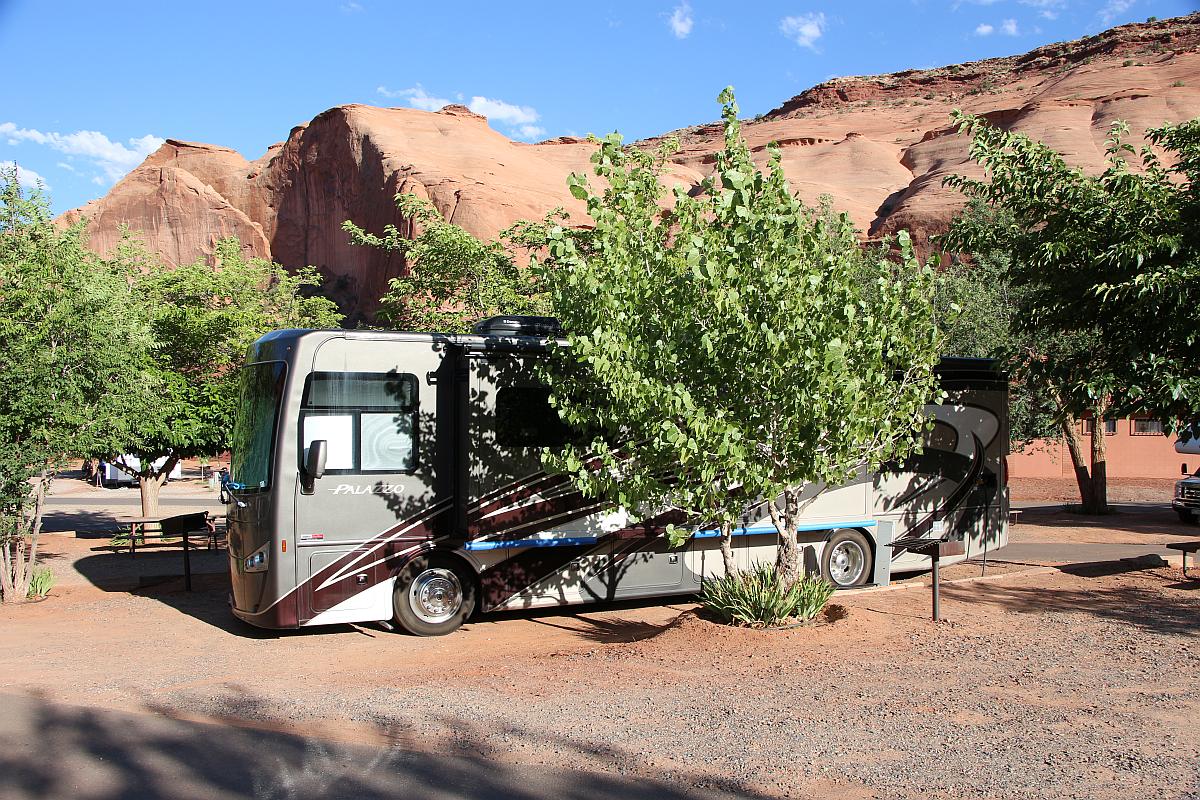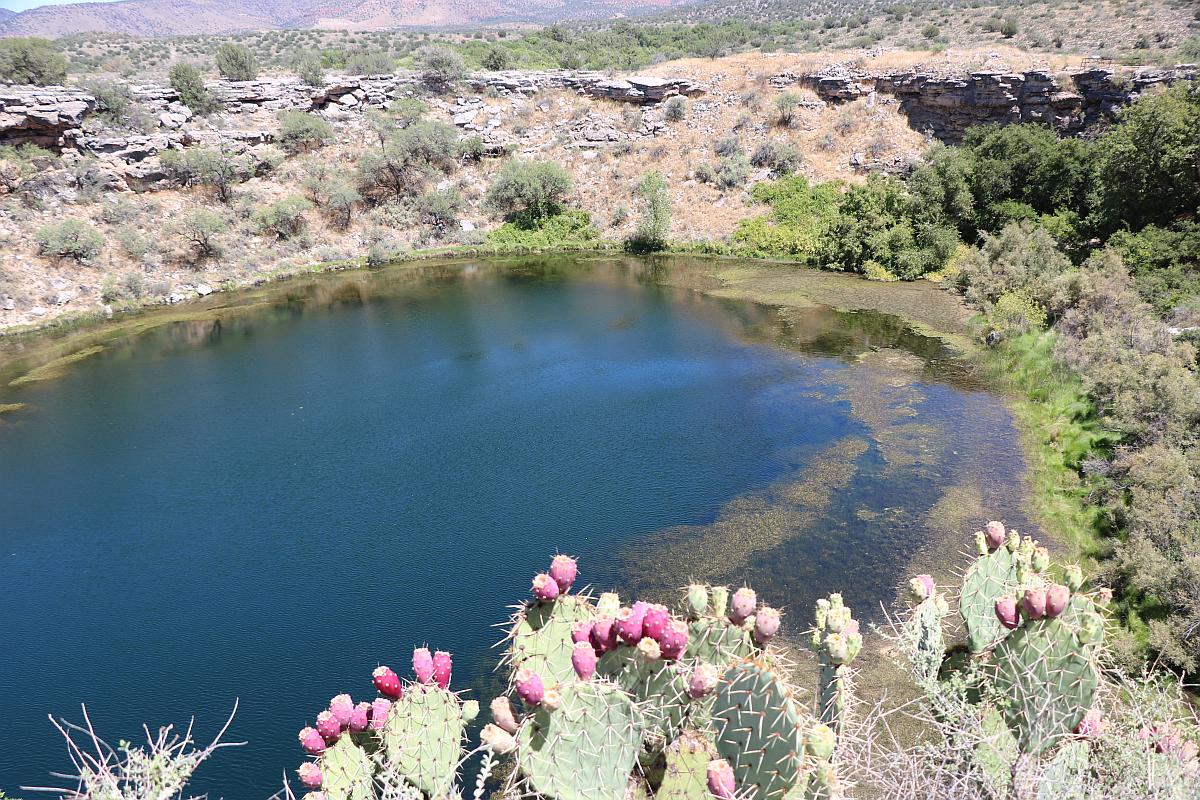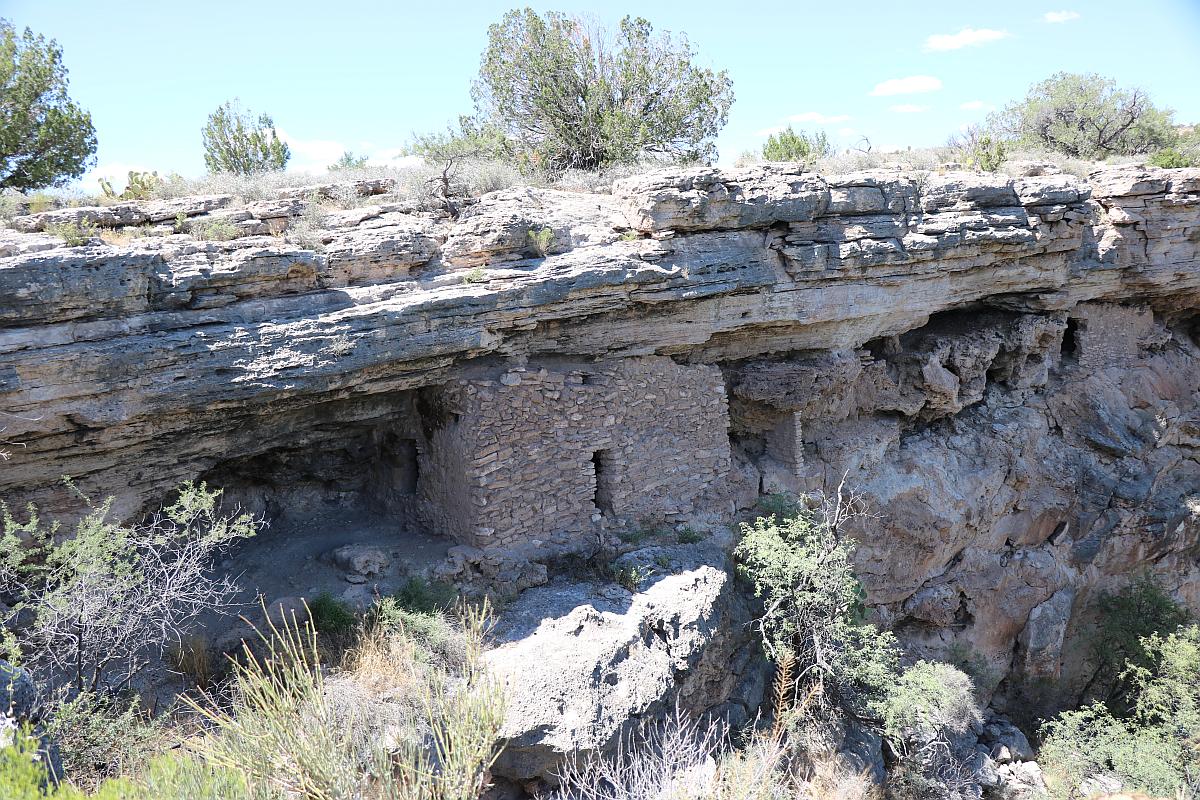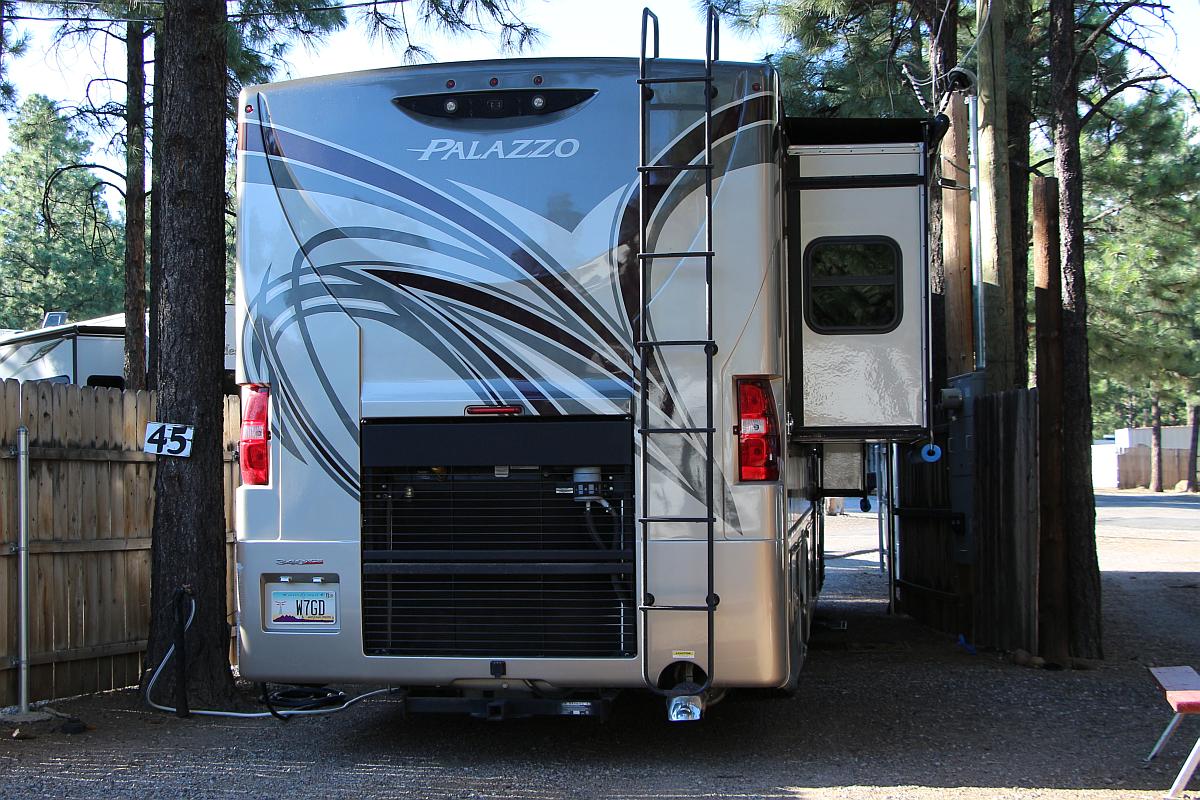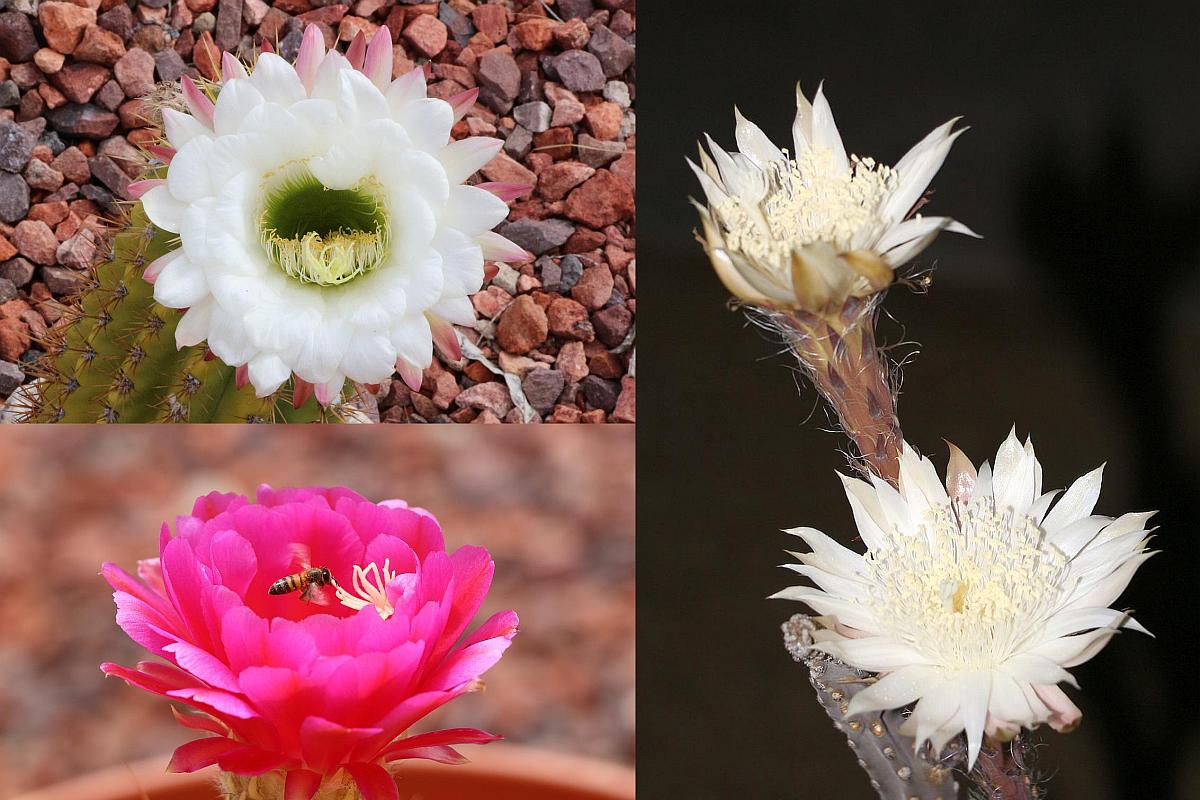There was so much beautiful scenery along our route today, that it is difficult to pick one out of over 500 images that Damsel took from the motorhome today. Finally, we selected this unusual rock formation taken along CO Hwy 13 near Hamilton, CO.
Colorado River scenery and rock formations aren’t the only interesting things out here. In addition to livestock (cattle, sheep, horses and goats), there is wildlife: we saw a herd of Antelope lounging in a field next to the highway.
Tonight, almost two years to the day since we traveled to the Great American Solar Eclipse of 08/21/2017, we are again camped at the Craig Colorado KOA. This time, we will be headed to the other side of the Rockies for some more visits to ancestors. More on that as we get there. This is our campsite this time:

